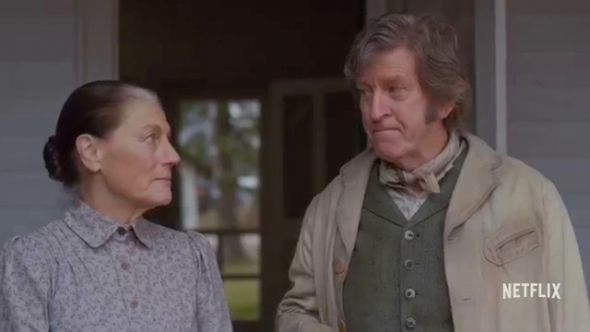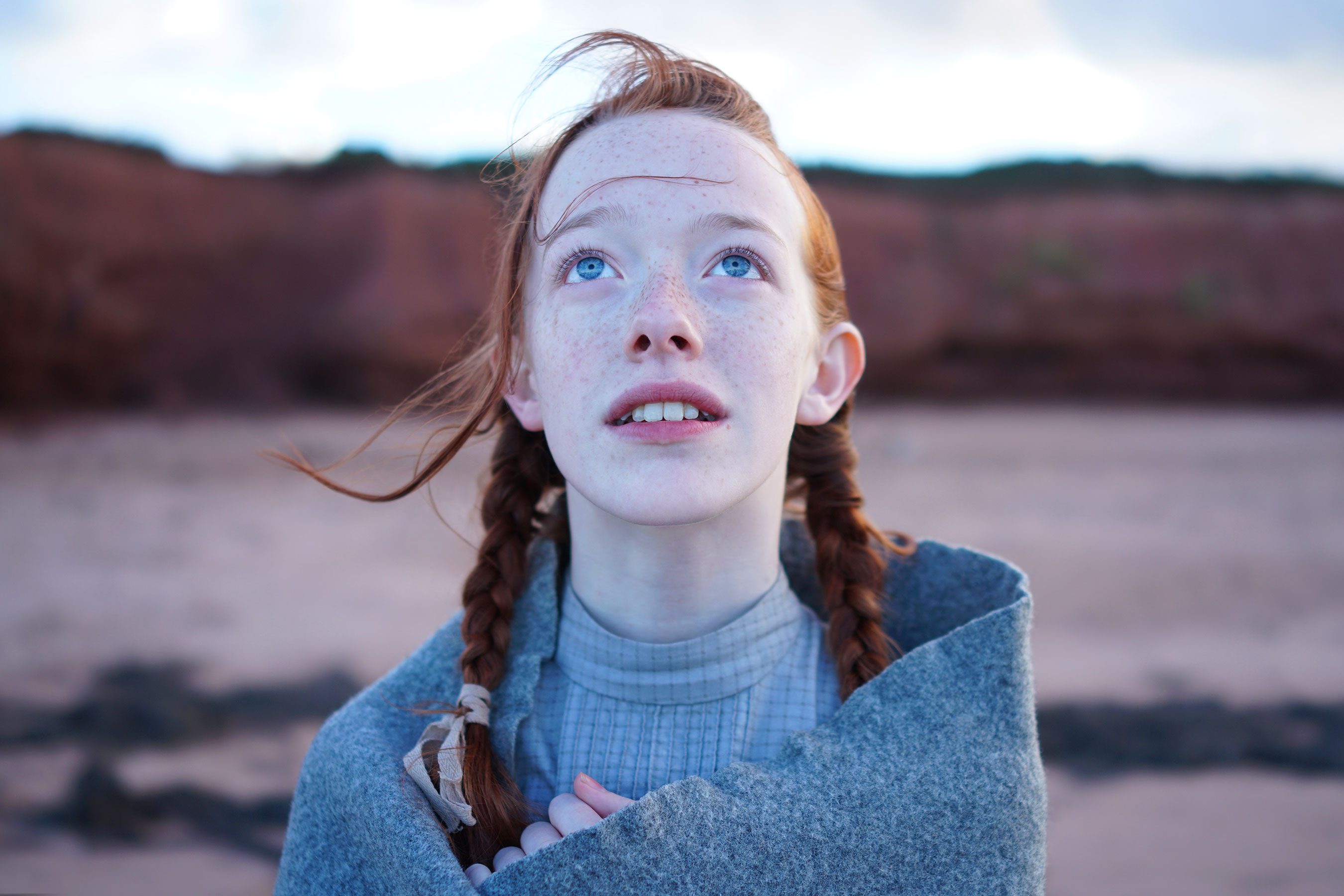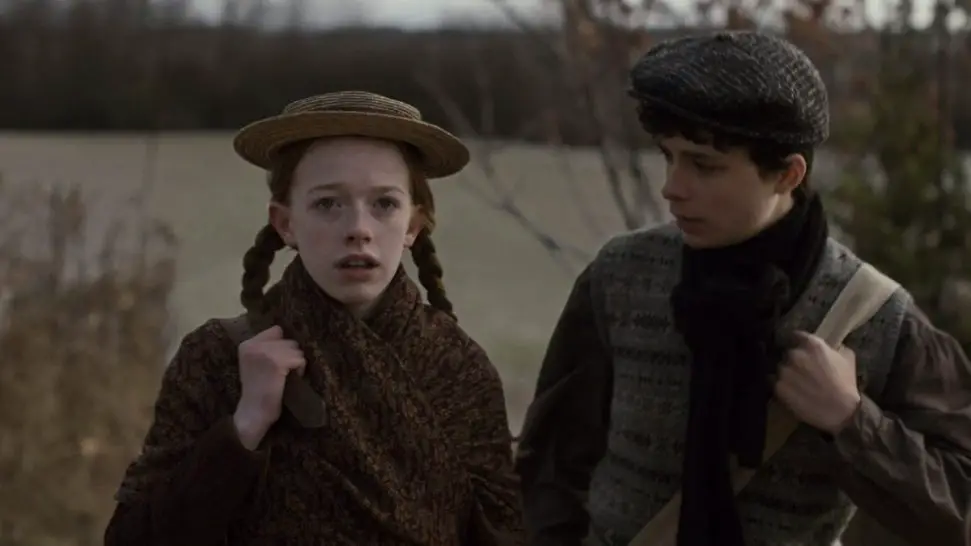Sometimes, children’s shows are where the true television gems lie. They can be just as well thought out and full of good performances as any show rated TV-MA, so don’t go thinking you’re too old for them. “Anne with an E” is one such show, and with its imminent return for a sophomore season on July 6, now is the perfect time to give it a shot.
“Anne with an E” is a Canadian television adaptation of the beloved children’s novel “Anne of Green Gables” by Lucy Maud Montgomery. Anne Shirley, the eponymous protagonist of the show, is a red-headed thirteen-year-old girl who has had more troubles in life than she deserves.
After being orphaned and bouncing from one abusive home to the next, she ends up in the hands of Matthew and Marilla Cuthbert, a brother and sister who mistakenly receive her but decide to raise her anyway. Since the show’s release in the U.S. via Netflix in May 2017, its quirky, coming-of-age plot has quickly picked up a cult of devoted followers.

However, Anne was not without her detractors. Many critics compared the show to previous adaptations of the novel and found it lacking because the episodes sometimes took on a darker tone. But in my opinion, this tonal shift was necessary to bring the show into the modern era.
The book is oftentimes very bubbly and brimming with positivity in the way that children’s stories tend to be. Employing this same format on television would have made the show suffer, as the overly positive tone can come off as childish spoon-feeding to older and younger audiences alike.
While there are darker moments in the source material, the show does a laudable job of touching on them without glossing over the issues or turning them into some sort of lesson the way the novel did. The lessons taught in the show are handled with much more subtlety because it does not assume that the audience is young, immature or uninformed.
One of the best parts of watching a show where the characters are young is that as the show goes on, the viewer genuinely feels as though they are a part of the characters’ lives. Audiences get to watch them grow and mature in ways more drastic than they would if the characters were already adults.
From the very first episode, Anne’s journey is one to root for. She is a very relatable character in all her blundering attempts to fit in with those around her and be a good ward to Matthew and Marilla. She has trouble making friends with the other girls in her schools and even wants to give up entirely at one point.
But ultimately, she doesn’t, and this is what viewers love most about her. Anne is a force of wholesome positivity. She does not let obstacles get her down for long, and she uses her vivid imagination to see the world as brightly as she wishes it, no matter how dim it may be in actuality.

In a world where being a morose cynic makes you cool and enlightened, “Anne with an E” is a breath of fresh air. When did it become lame to see the bright side of things and hope for the best?
The insecurity that Anne feels over the bright red color of her hair is a recurring topic on the show, and while it may seem insignificant at first, it is something that further fleshes out her character and makes her more relatable. Most people (particularly adolescent girls) have one thing about the way they look that we simply do not like, even when others tell them that there’s nothing wrong.
Anne’s initially negative relationship with her red hair and her subsequent acceptance of it is a journey in self-love that can be sympathized with and should be emulated by viewers young and old alike.
Amongst Netflix’s infamous repertoire of political dramas, sci-fi horrors and social commentary dramas, the premise of “Anne with an E” may seem simplistic. The series, however, is anything but. The complexity here comes from a touching depiction of intimate relationships between characters that bring out the best in one another.
The best example of this is Anne’s bond with Gilbert Blythe. Gilbert is essentially Anne’s rival. She expresses immediate dislike for him the moment they meet, even though it is evident that he would like to be friends with her. However, the redhead writes him off from the get-go because of something he says to her.

As the show continues, Anne and Gilbert grow up and begin to see qualities that they admire in one another. In fact, they find that they are similar in some ways. They are both the smartest in their class, and while this fuels their enmity in the beginning of the series, it quickly becomes a way for them to better one another. Their mutual intelligence pushes them both to do their very best academically and drives them towards success.
Anne and Gilbert are a healthy embodiment of a relationship between a young boy and girl. There is no problematic messaging to the audience about a boy being mean to a girl if he likes her as there is in so many other depictions of young romance.
There is also no unrealistic instant love. Anne and Gilbert’s feelings for one another evolve over time as they get to know one another. This gradually built relationship is one of the strongest aspects of the show, and I can’t wait to see more of these two in the second season.
“Anne with an E” is a show with children as the central characters, but it does not follow that this should be the show’s central audience. There’s something here for everyone — from Anne’s uplifting outlook on life to the kindness of the Cuthberts, to budding romance, and it’s all sure to put a smile as bright as Anne’s red hair on your face.

















